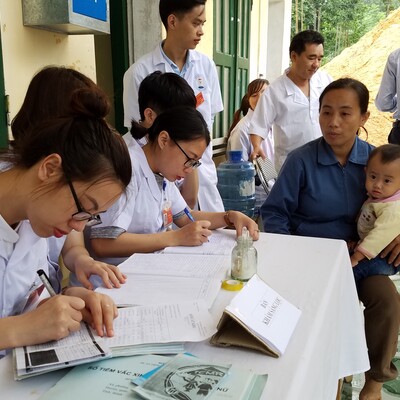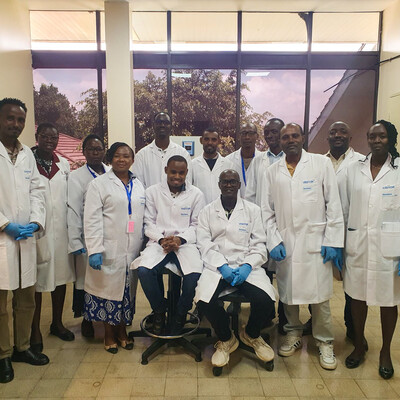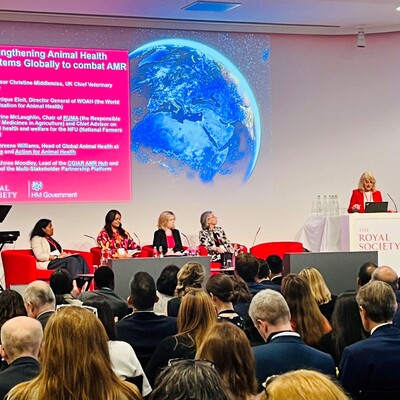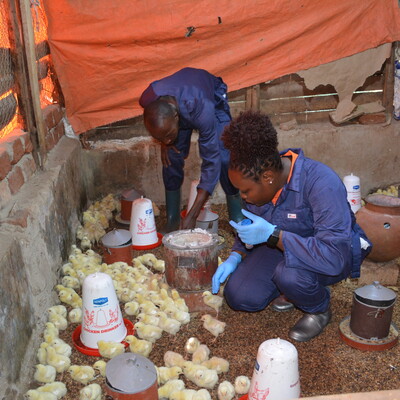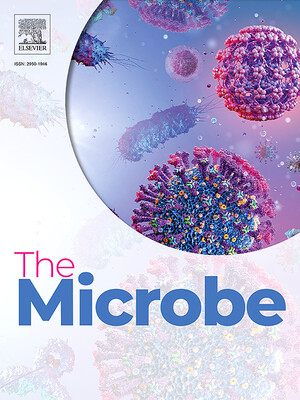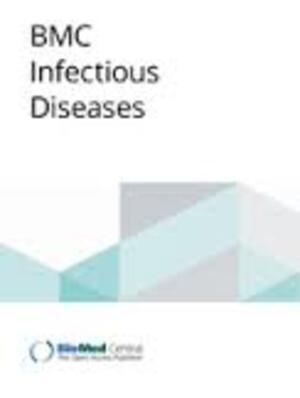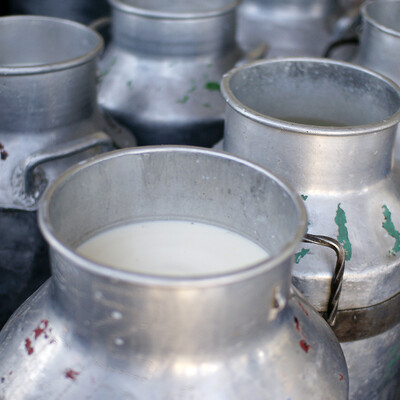
Health and antibiotics in Vietnamese pig production
This project uses One Health approaches to map the drivers of antibiotics use and antibiotic resistance across the pig value chain in Vietnam.
Vietnam’s economy and population are growing rapidly. Production and consumption of animal products are increasing even faster. To manage pig diseases and increase meat production, farmers are turning to antibiotics and other antimicrobials, creating a hotbed for resistance to antibiotic drugs. Research has linked heavy use of veterinary antibiotics to increased antibiotic resistance in humans, in part through contaminated food products. The World Health Organization regards antibiotic resistance as one of the most important threats to human health because of reduced effectiveness of antibiotic treatments. Tainted food also threatens consumer trust and the long-term health of the pig industry.
Currently, much is unknown about the scale and the drivers of the problem. Some studies have found alarming rates of antibiotic use, antibiotic resistance in pigs and antibiotic drug residues in pork, but firm data are lacking. Even less is known about the drivers of antibiotic use at farm level. We do not know how farmers perceive the risks and benefits of antibiotic use, on which information they act or how information, regulation and stakeholder interaction could foster more prudent use of antibiotics. However, Vietnam needs effective, evidence-based interventions, tailored to local circumstances and stakeholders, to reduce antibiotic use in its pig industry.
This project uses One Health approaches to map the drivers of antibiotics use and antibiotic resistance across the pig value chain in Vietnam. It will collect baseline data, set up local stakeholder networks, garner insight into stakeholders’ knowledge, and pilot a newly designed intervention.
Objectives
- Identify factors that influence pig health management and veterinary drug use practices in pig farms in Bac Ninh province
- Review current guidelines for antimicrobial use
- Assess the contextual dimensions and networks that influence pig health management and antibiotic use
- Establish the quality and quantity of antibiotic drugs used in pig production
- Strengthen local capacity in surveillance of antibiotic use, prevalence of antibiotic resistance and antibiotic residues in pigs and pork products
- Strengthen local stakeholder interactions and communication channels to advance animal health, reduce the use of antibiotics and diminish the spread of antibiotic resistance and residues related to pig production
Expected outputs
- Increased knowledge on pig diseases and stakeholder perceptions and practices of pig health management.
- Improved guidelines for pig health management.
- Improved understanding of the sources and distribution networks of veterinary drugs and prudent use of veterinary antibiotics.
- Strengthened capacity to carry out analytical testing for antibiotic residues and antibiotic resistance.
- Increased understanding of effective measures to improve pig health management.
- Improved communication with stakeholders on promotion of prudent use of veterinary drugs.







